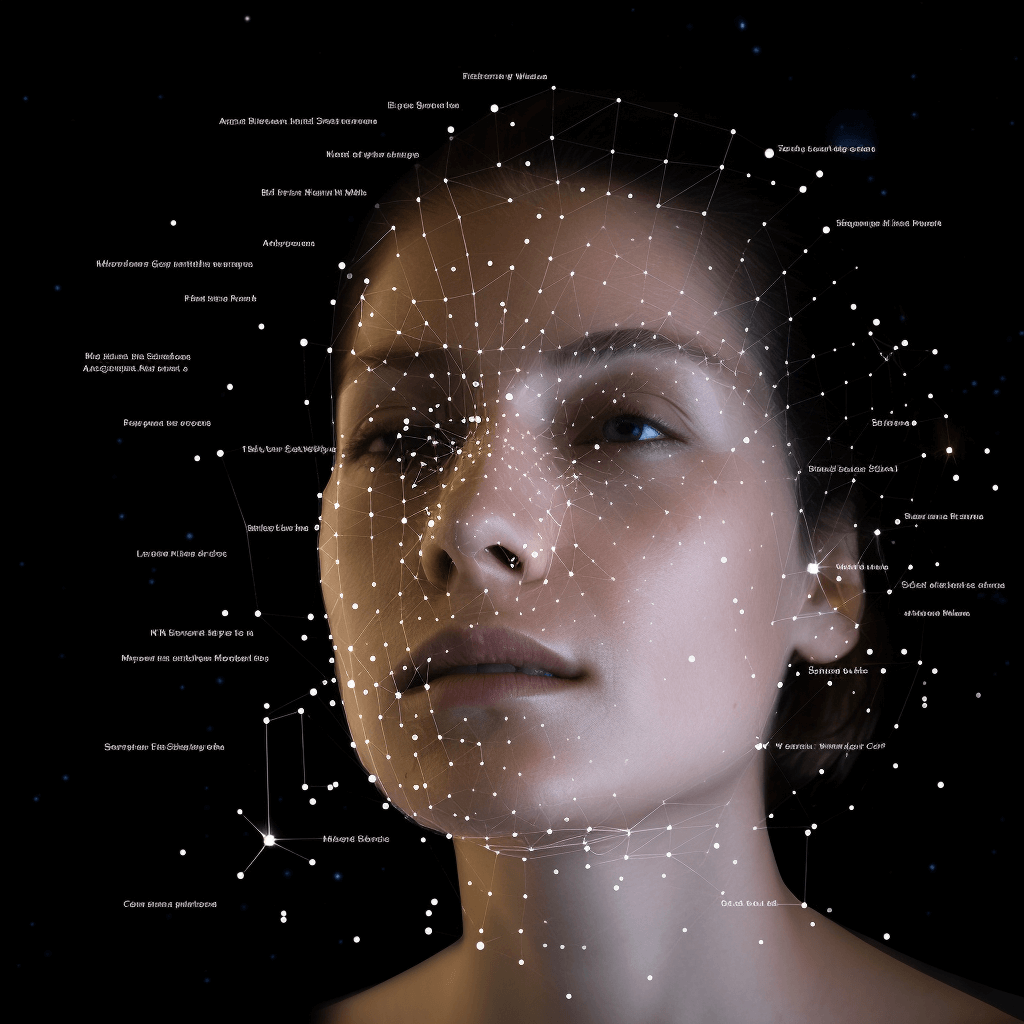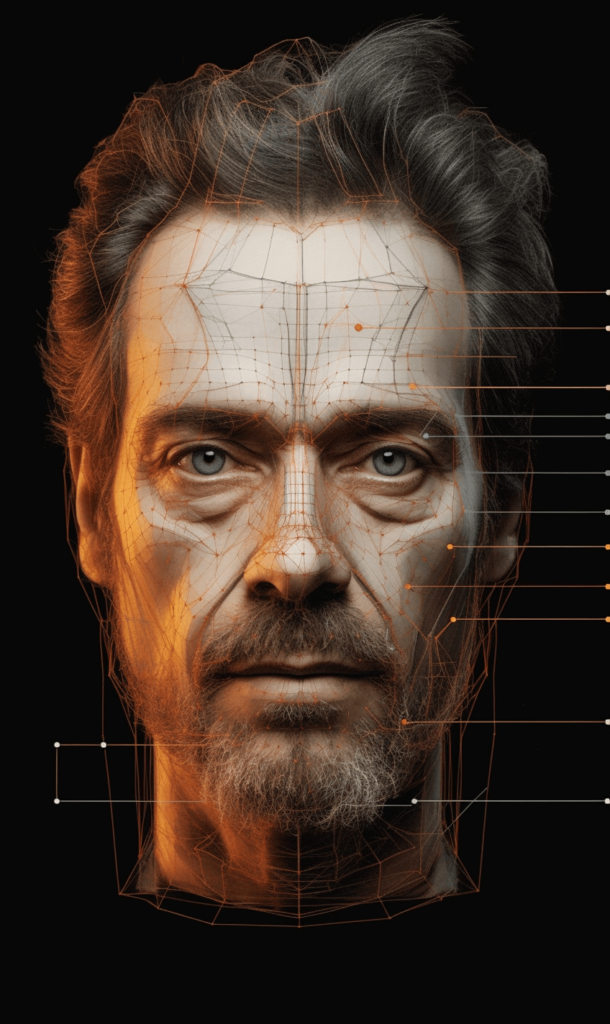Table of contents
- Introduction
- Understanding Photoplethysmography (PPG) Technology
- PPG Technology for Stress Management
- PPG Technology for Depression Assessment
- PPG Technology for Anxiety Assessment
- PPG Technology for Overall Mental Health Assessment
- Conclusion
Introduction
Are you feeling stressed lately? You’re not alone. In recent years, mental health disorders have become increasingly prevalent worldwide. But the rise in these issues has also created opportunities for mobile health technologies, including photoplethysmogram (PPG) technology, to help assess and monitor such conditions. As mobile devices become an integral part of our lives, they offer a convenient way to access and manage our emotional well-being. In this blog post, we’ll explore how PPG technology can be harnessed for stress, depression, and anxiety management. We’ll review the studies that have been conducted on PPG-based mental health assessment, discuss the technologies and limitations, and explore the potential of mobile-based mental health management with PPG technology.
Understanding Photoplethysmography (PPG) Technology
With the alarming prevalence of mental health disorders worldwide, researchers are constantly on the lookout for efficient and accessible tools that can aid in their assessment and management. One such tool is photoplethysmogram technology (PPG), which has garnered attention in recent years as a potential tool for mobile-based mental health management. In this blog post, we will explore PPG technology and its potential applications in stress, depression, anxiety, and overall mental health assessment.

PPG is a non-invasive technology that measures changes in blood volume in the peripheral vascular bed using light-based sensors. The basic principle of PPG technology involves shining a light onto the skin surface and measuring the changes in light reflectance as blood flows through the tissue. PPG sensors can be integrated into various wearable or non-wearable devices, including smartphones, smartwatches, pulse oximeters, and fitness trackers.
While PPG technology has shown promise in mental health assessment, it has some limitations, including sensitivity to motion artifacts, poor signal quality in low perfusion states, and variability in sensor placement. Despite these challenges, researchers are exploring ways to mitigate these limitations and capitalize on PPG technology’s potential for mental health assessment.
PPG Technology for Stress Management
Stress is an inevitable part of life that affects everyone at some point. While some stress can be healthy and motivating, too much of it can lead to negative consequences on both physical and mental health. The good news is that advances in technology have made it possible to monitor and manage stress levels conveniently. Photoplethysmography (PPG) is one of such technologies that holds promise in managing stress.
PPG, a non-invasive, simple, and low-cost technology, measures changes in blood volume through light absorption. When placed on a fingertip or wrist, PPG sensors can detect changes in heart rate, which is a proxy for the body’s response to stressors, and help users determine their stress levels. By monitoring PPG data regularly, individuals can identify patterns in their physiological responses to stressors and take steps to reduce or manage stress effectively.
Several studies have explored the effectiveness of PPG-based stress detection and other studies have also shown that PPG-based stress management techniques, such as biofeedback training and mindfulness meditation, can lead to a significant reduction in stress levels.
Compared to other stress management techniques, PPG-based strategies have distinct advantages. Unlike traditional laboratory-based stress testing, PPG-based strategies are portable and convenient, allowing individuals to monitor stress levels anytime and anywhere. PPG-based stress management is also less invasive than other methods that require sensors to be placed on the skin or swallowed.
In conclusion, PPG technology holds great promise in stress management. By leveraging the power of PPG-based sensors, individuals can track stress levels and learn effective stress management techniques that suit their lifestyles and needs. With further research and development, PPG technology may become an essential tool in mobile-based mental health management.
PPG Technology for Depression Assessment
Understanding Depression and How PPG Technology Can Help Assess It

Depression is a serious mental health disorder that affects people around the world. It can lead to feelings of sadness, hopelessness, and worthlessness, and it can impact various aspects of a person’s life, such as work, school, and relationships. But how can PPG technology be utilized to assess depression in individuals?
PPG technology offers the potential to objectively measure various physiological signals, such as heart rate variability, to provide insights into psychological states. Depression is associated with changes in heart rate variability, which PPG technology can help detect. PPG sensors can also be integrated into wearable devices and smartphones to offer a convenient method for depression detection.
Several studies have explored the potential of PPG technology for depression assessment. One study found that PPG signals could accurately distinguish patients with depression from healthy individuals, demonstrating its diagnostic potential. Compared to other diagnostic techniques such as magnetic resonance imaging (MRI) or positron emission tomography (PET) scans, PPG technology is significantly more cost-effective and readily accessible.
While many depression assessment techniques rely on self-reported symptoms or clinician observation, PPG technology provides a more objective measure of physiological signals that may be indicative of depression. Therefore, it could be a valuable addition to existing assessment techniques.
Of course, like any diagnostic tool, PPG technology has limitations. For example, variability in PPG measurements can occur due to various factors such as anxiety or physical exercise, and thus careful management of these factors is necessary to obtain accurate measurements. However, further research can help overcome these challenges and improve the utility of PPG technology for depression assessment.
In summary, PPG technology provides a promising and accessible method for detecting depression, which could contribute to more accurate and timely diagnoses. While there are challenges to overcome, with further developments in the field, PPG technology could ultimately contribute to enhanced mental health management.
PPG Technology for Anxiety Assessment
Anxiety is a prevalent mental health issue that affects individuals of all ages. It can be debilitating and significantly reduce the quality of life. However, diagnosing anxiety can be complex, and it often goes unrecognized. PPG technology can potentially help to assess anxiety by measuring and analyzing changes in heart rate variability and providing valuable insight on an individual’s mental state.
Several studies have shown the effectiveness of PPG technology in assessing anxiety. For instance, a study conducted in 2019 used a smartphone camera to measure PPG signals and detect elevations in heart rate variability as an indication of airplane-induced anxiety. The study found PPG technology to be as accurate in detecting anxiety as EEG and ECG monitoring.
While PPG technology has shown tremendous potential as an anxiety assessment tool, it is still in its early stages of development. PPG technology needs to be validated in bigger and more diverse sample sizes, and the stress response to different stressor events needs to be examined. Furthermore, studies are needed to examine the utility of long-term monitoring of PPG signals in detecting anxiety.
Other anxiety assessment techniques such as traditional symptom-based questionnaires and clinical interviews have limitations. For instance, these techniques are subjective and rely on self-reporting. On the other hand, PPG technology is less time-consuming and less intrusive, providing real-time data that accurately captures changes in an individual’s heart rhythm.
In conclusion, PPG technology holds considerable promise for mental health assessment, including anxiety. Using mobile phone-based PPG technology helps to provide an accessible and less stigmatizing way to monitor and manage anxiety. However, more research is required to overcome the current limitations of PPG technology in detecting anxiety and determine its long-term utility.
PPG Technology for Overall Mental Health Assessment
PPG Technology for Overall Mental Health Assessment
PPG technology holds great promise in the field of mental health assessment, not just for individual disorders such as stress, depression, and anxiety, but for overall mental health assessment as well. It has the potential to be used as a screening tool for detecting mental health disorders early on, which enables timely intervention and treatment.
The advantages of using PPG technology for overall mental health assessment include its non-invasive nature, ease of use, and cost-effectiveness. This technology can also provide a more objective and accurate assessment, especially when compared to self-reported measures.
However, PPG technology also faces some challenges, such as the need for rigorous validation in diverse clinical populations and the lack of standardization in methods and procedures. The interpretation of PPG data also requires expertise, which may limit its accessibility to wider populations.
Despite these challenges, there is still a sense of optimism around the future of PPG technology in mental health assessment. Potential future directions include the development of more sophisticated algorithms to analyze PPG data, the integration of other physiological measures for a more comprehensive assessment, and the creation of user-friendly interfaces for widespread population use.
The potential of PPG technology for overall mental health assessment is vast, and further research and development is required to fully harness its capabilities. Harnessing PPG technology as a screening tool for detecting mental health disorders early on has the potential to revolutionize the field of mental health and pave the way for more effective and timely interventions.
Conclusion
We’ve explored the potential of PPG technology for managing stress, assessing depression and anxiety, and overall mental health screening on mobile devices. The advantages of this technology for remote and personalized monitoring of mental health are immense. However, there’s a need for further research, development, and validation to ensure the accuracy and reliability of PPG-based mental health assessments. PPG technology is a promising tool for mobile-based mental health management, and incorporating evidence-based monitoring of emotional health into routine mobile phone apps can provide powerful, flexible, and sustainable methodologies for increasing personal control over one’s emotional wellbeing. To learn more how our R&D teams are harnessing Photoplethysmography, get in touch.


